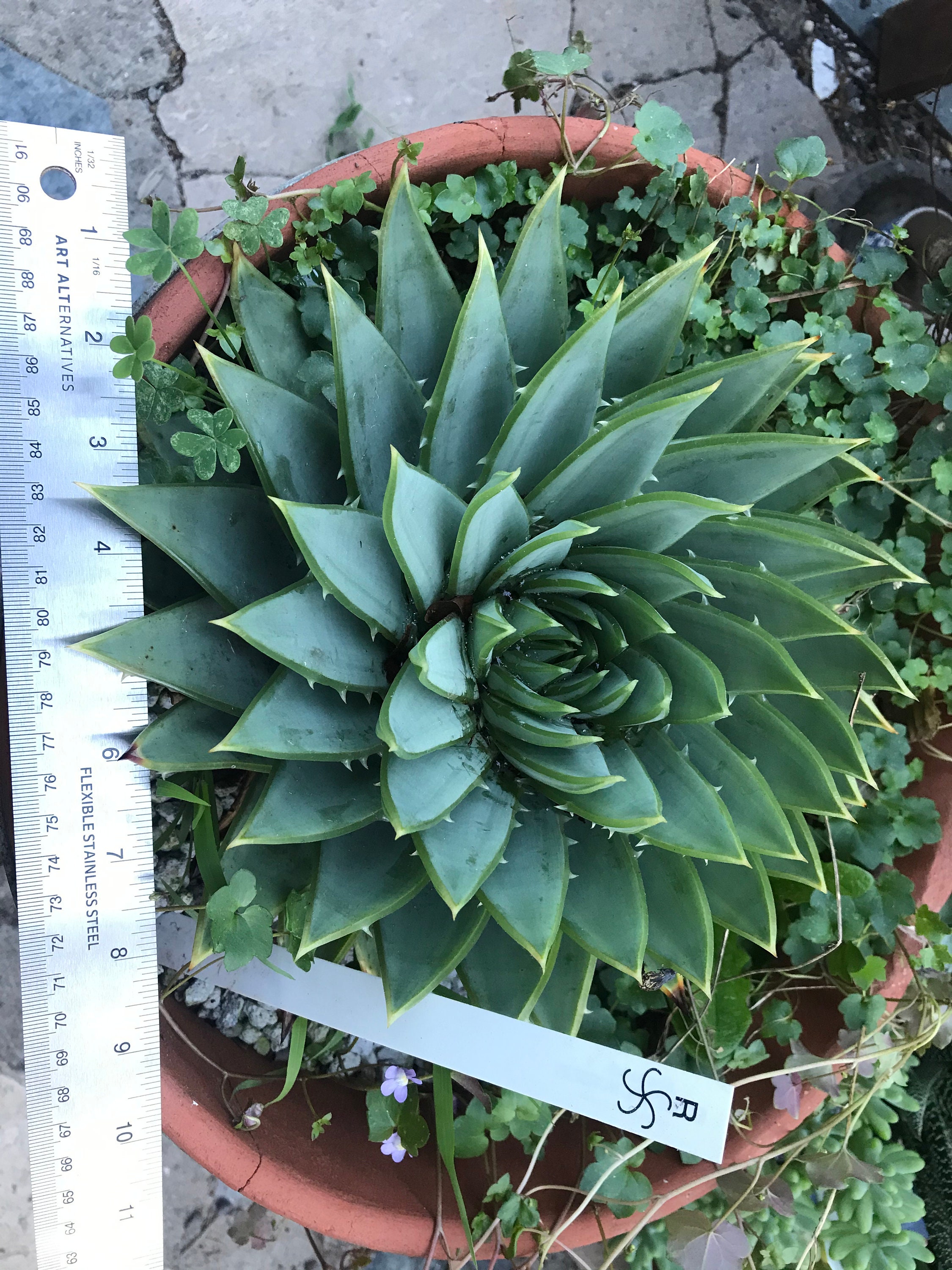

Spiral aloe leave angles install#
In this case, you need to install artificial lighting for your aloe. If you don’t have a place with enough light, the aloe can also turn yellow because photosynthesis isn’t working properly. Find out experimentally exactly how much light your plant needs at different times of the year. So you can even put it on the east or west window. In winter, the aloe needs much less light. After that, return it to its old location. Place the aloe so that it has a little shade if the heat is too intense.Accustom your plant to the new amount of sun gradually.This is especially true if you take it out of the house to grow it outside. But if the weather is too sunny and hot, the leaves can get burnt. In all these cases, the aloe gets the maximum amount of light and everything seems to be fine. It is also common for owners to take this plant outdoors in the summer. In most cases, aloe grows in a south-facing window or on a balcony. This plant needs 12 hours of direct sunlight, but if there is too much sun, problems can occur.

Improper lighting can cause aloe leaves to turn yellow. Spray the plant with horticultural oil or acaricide depending on the type of pest.Īloe turning yellow because of too much sun Use a pot slightly larger than the root system. Ensure good air circulation and well-drained soil.Īloe leaves turn yellow starting from the tips. Yellowing of the aloe from the base and up. The lower leaves first turn pale and then turn yellow.Ĭarefully tear off the old yellow leaves when they are completely dry. Fertilize the aloe no more than once or twice a year. Avoid sudden changes in temperature.Īloe is yellowing evenly. The leaves become soft.Ī suitable temperature for aloe is 75-78 ☏ (24-26 ☌). Leaves turn yellow from the center to the edges. Provide aloe with 12 hours of direct sunlight. Do not allow the potting soil to remain dry for long periods of time.Īloe turns pale green and then yellow. Water aloe with a moderate amount of water. Leaves turn yellow from the tips to the base. Also, the aloe may turn completely yellow from the base and upward.Īllow the potting soil to dry out halfway between waterings.


 0 kommentar(er)
0 kommentar(er)
